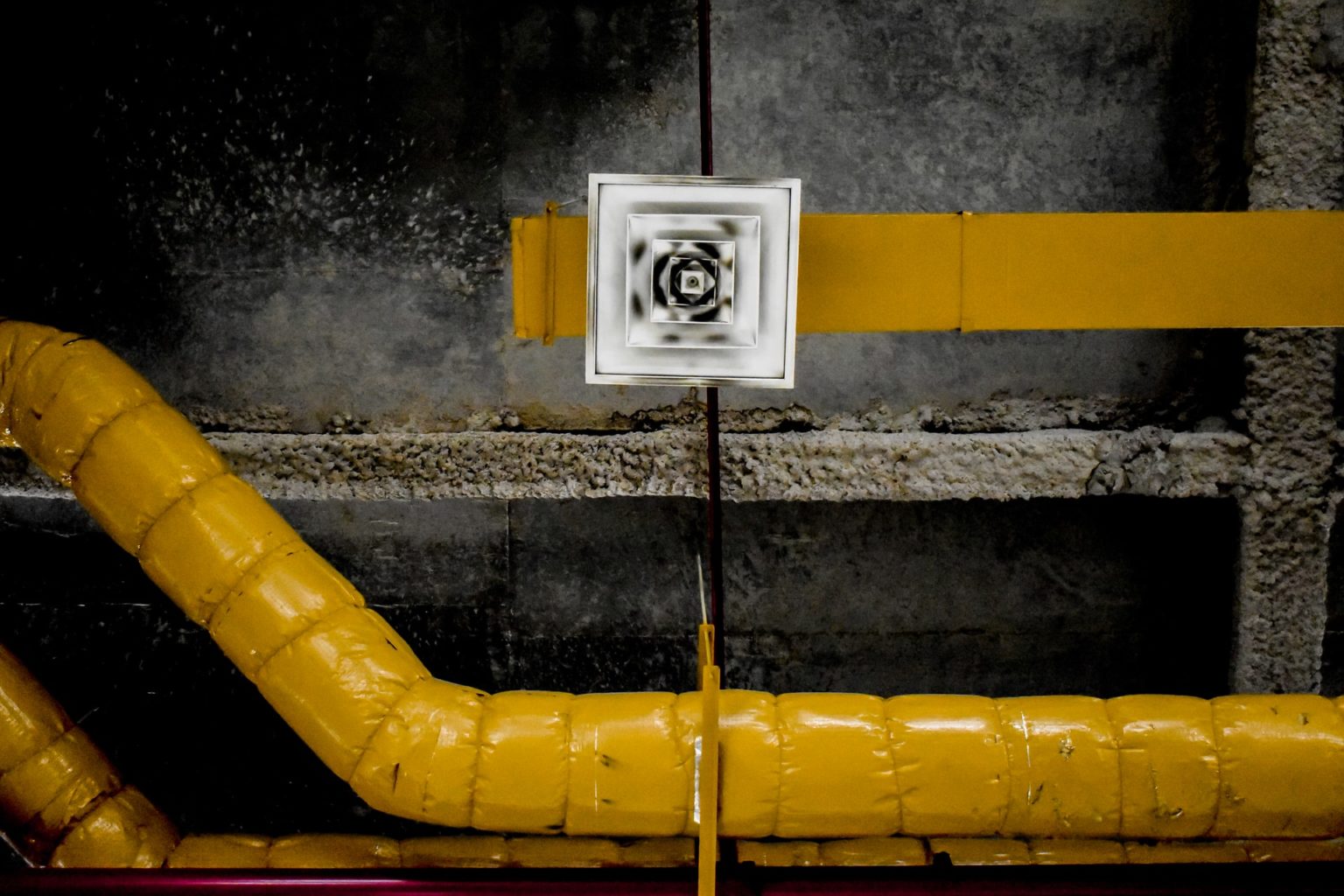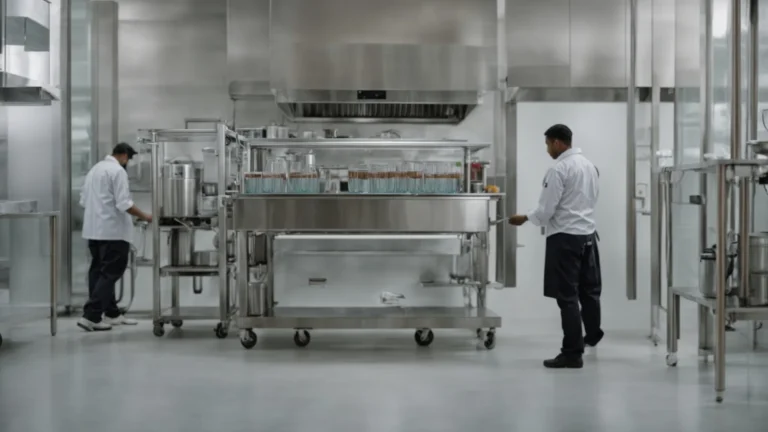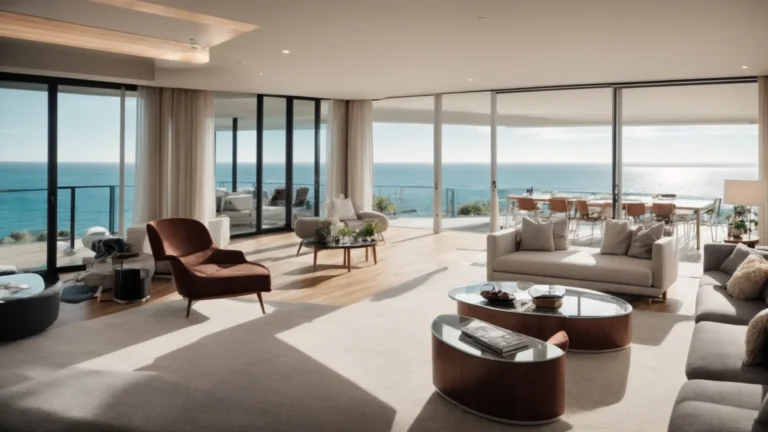When it comes to environmentally friendly HVAC systems, geothermal options are becoming a promising and increasingly popular option. Many new homeowners are attracted to geothermal systems because of the energy savings that these systems offer. Many others building a new home consider using geothermal heating because of the low impact on the planet. Whatever the reason behind using geothermal energy for heating and cooling, these systems are becoming more and more popular across the country.
Geothermal HVAC systems are expected to be placed in a large percentage of homes by 2050. A geothermal heat pump is basically an electrically powered refrigeration unit that transfers energy to and from the earth. But with this newer technology, many people are wondering how it works. The basic principle lies in the fact that the temperature remains a constant 50 to 60 degrees beneath the earth’s surface. A geothermal heat pump uses this constant heat source by transferring and concentrating the heat to provide hot water and heating for the home. Let’s take a look at how geothermal HVAC works.
What is geothermal HVAC?
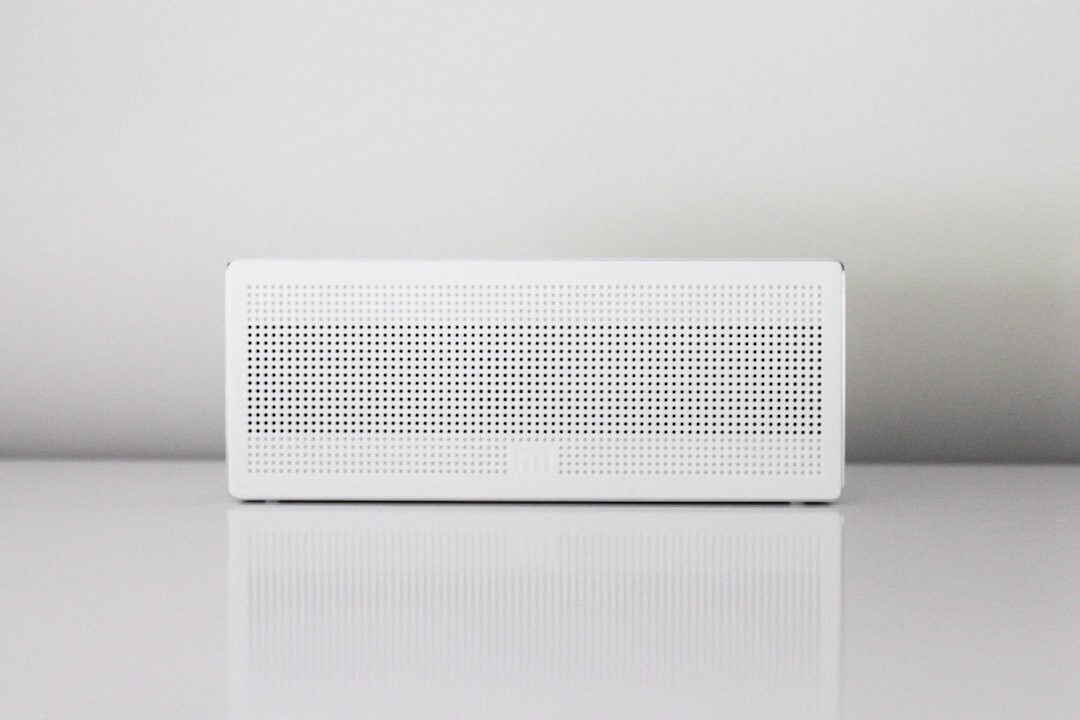
As we just discussed, a geothermal HVAC and power system uses the warmer temperatures below the earth’s surface for heat exchange. While some areas can experience extreme climate swings between seasons, temperatures under the surface remain consistently warm. Geothermal heat pumps considered a form of high-efficiency heat pumps, exploit these underground temperatures. These systems use heat transfers between the air and the ground to create heated and cooled air for homes and buildings. Pipes buried in the ground circulate water and pull heat from the earth in the winter, and deposit heat from the house into the earth in the summer.
How does geothermal HVAC work?
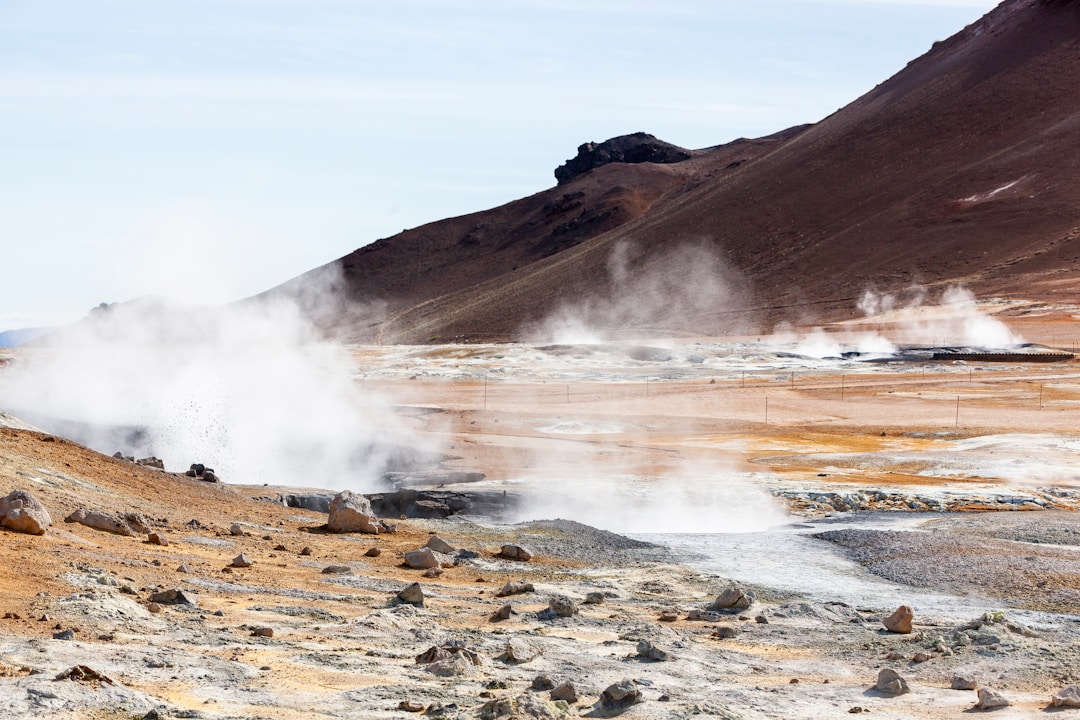
While outdoor temperatures vary with seasons, underground temperatures usually remain constant. A geothermal system usually has an indoor unit and a buried earth loop. These units work together to use the constant temperatures underground to provide thermal energy from the earth. During the winter, the system’s earth loop absorbs stored heat and carries it inside the building. The indoor unit then takes over and compresses the heat to a higher temperature. The heated air is finally distributed throughout the house. In the summer, the system works in reverse. The heat is pulled from home and sent to the earth loop, deposited into the cooler earth.
Geothermal heating and air conditioning systems are the most efficient and environmentally friendly HVAC systems available today. These systems are different from conventional systems in that they rely on absorbed and stored energy in the ground supplied by the sun. Since most of this energy is harvested from the ground, geothermal systems use very little electricity to turn this energy into comfortable air temperatures inside your home.
Advantages and disadvantages of geothermal systems.
Like other types of technologies that use renewable energy sources, geothermal cooling and heating systems can come with significant upfront costs. On average, a new geothermal HVAC system can cost over $10,000. You will have to factor in additional costs for any new ductwork that you might need. However, as a return, homeowners also report recouping the cost of these systems with energy savings that cut utility bills by up to 70%.
Studies demonstrate that most customers see this return in seven to eight years after a new installation. Additionally, the reduction in greenhouse gases and lower non-renewable energy sources are major environmental advantages to installing a geothermal HVAC system. Replacing a traditional HVAC system with a geothermal system could be equivalent to removing two vehicles from the road or planting over 700 trees!
Geothermal heat pump systems can come with a variety of energy-efficient and cost-savings benefits. With low operating costs and little environmental impact, these systems appeal to many new home buyers and builders. With a substantial upfront cost and significant installation work, however, you should be sure to do research and take some time to consider what is right for you.

